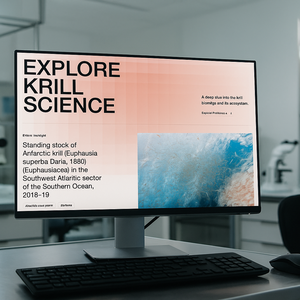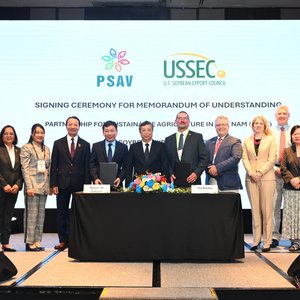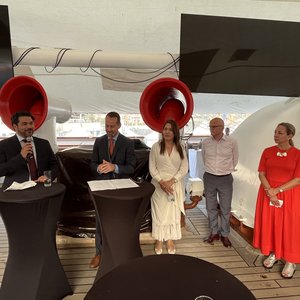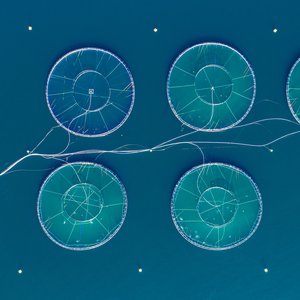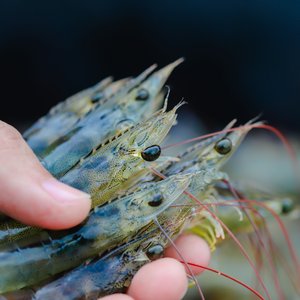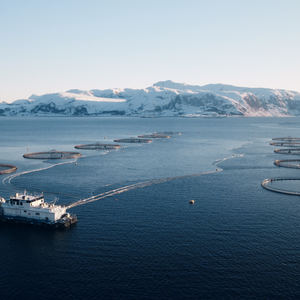The European Food Safety Authority (EFSA) was requested by the European Parliament to conduct a scientific assessment of the health risks related to human consumption of wild and farmed fish. An EFSA Interpanel working group was set up to conduct this assessment. The opinion focused on the following finfish species as being marketed to a significant amount in the European Union: salmon, herring, anchovies, tuna, mackerel, pilchards, rainbow trout and carp. A special focus was also given to Baltic herring at the request of the European Parliament.
Of the selected fish, salmon, rainbow trout and carp are predominantly or exclusively farmed. The other species are predominantly caught from the wild. About two-thirds of fish consumed in the EU is caught from the wild.
Species, season, diet, location, lifestage and age have a major impact on both the nutrient and contaminant levels of fish. These levels vary broadly within species and between species in both wild and farmed fish. There is a need for standardisation of sampling procedures before a robust comparison of wild and farmed fish can be made. From the limited data available it seems that if there are any differences between farmed and wild fish, they are small when taking into account the above mentioned factors. However, regional differences exist, e.g. in the Baltic Sea.
Contaminants in fish derive predominantly from their diet, and levels of bioaccumulative contaminants are higher in fish that are higher in the food chain. Whilst it is not possible to control the diet of wild fish, the levels of contaminants, and of some nutrients, in farmed fish may be modified by altering their feed. Fish meal and fish oil, are the most important sources of contamination of farmed fish feed with dioxin-like compounds. EU regulations on polychlorinated dibenzo-p-dioxins and furans (PCDD/F) in fish feed were introduced in 2002; the planned inclusion of the dioxin-like polychlorinated biphenyls (DL-PCBs) in the regulations may help to reduce levels of these contaminants in farmed fish.
Fatty fish is an important source of long chain n-3 polyunsaturated fatty acids (LC n-3 PUFA). Other substantial natural sources of LC n-3 PUFA are human milk and marine algae. Farmed fish tend to have higher total lipid levels with lower proportions of LC n-3 PUFA than wild fish. Together, these differences mean that the amount of LC n-3 PUFA per portion of fish is similar. Replacement of fish products by vegetable protein and oils in fish feed or decontamination procedures may be a possible means of reducing some contaminant levels. However modification of the fish oil inclusion rate may change the fatty acid composition and in particular reduce the LC n-3 PUFA levels in farmed fish.
There is evidence that fish consumption, especially of fatty fish (one to two servings a week) benefits the cardiovascular system and is suitable for secondary prevention in manifest coronary heart disease. There may also be benefits in foetal development, but an optimal intake has not been established.
Fish can contribute significantly to the dietary exposure to some contaminants, such as methylmercury, persistent organochlorine compounds, brominated flame retardants and organotin compounds. The most important of these are methylmercury and the dioxin-like compounds, for which high level consumers of certain fish may exceed the provisional tolerable weekly intake (PTWI) even without taking into account other sources of dietary exposure. Such exceedance is undesirable and may represent a risk to human health if repeated frequently. However, eating for example meat instead of fish will not necessarily lead to decreased exposure to dioxin-like compounds. Intakes of the other contaminants in fish reviewed in this opinion were not a health concern, because they do not contribute significantly to total dietary exposure and/or it is very unlikely that even high level consumers of fish exceed the health-based guidance values, if available.
The greatest susceptibility to the critical contaminants, e.g. methylmercury and the dioxin-like compounds occurs during early development. Exposure during this life stage results from the total amount in the mother’s body. For methylmercury it is possible for a woman to decrease the amounts in her body by decreasing intake in the months preceding and during pregnancy, whereas this is not possible for the PCDD/Fs and DL-PCBs because it would take many years to decrease the levels in the body significantly.
This evaluation focussed on fish that are widely available in the EU, and likely to be consumed most frequently. Of these, the highest levels of methylmercury are found in tuna, which is mostly caught from the wild. The fish with the highest levels of PCDD/F and DL-PCBs are herring which are caught from the wild and salmon which are mostly farmed.
Frequent consumers of Baltic herring and wild Baltic salmon are more likely to exceed the PTWI for PCDD/F and DL-PCBs than other consumers of fatty fish.
Overall the Panel concluded that with respect to their safety for the consumer there is no difference between wild and farmed fish.
More information: Summary [PDF] Opinion [PDF]



